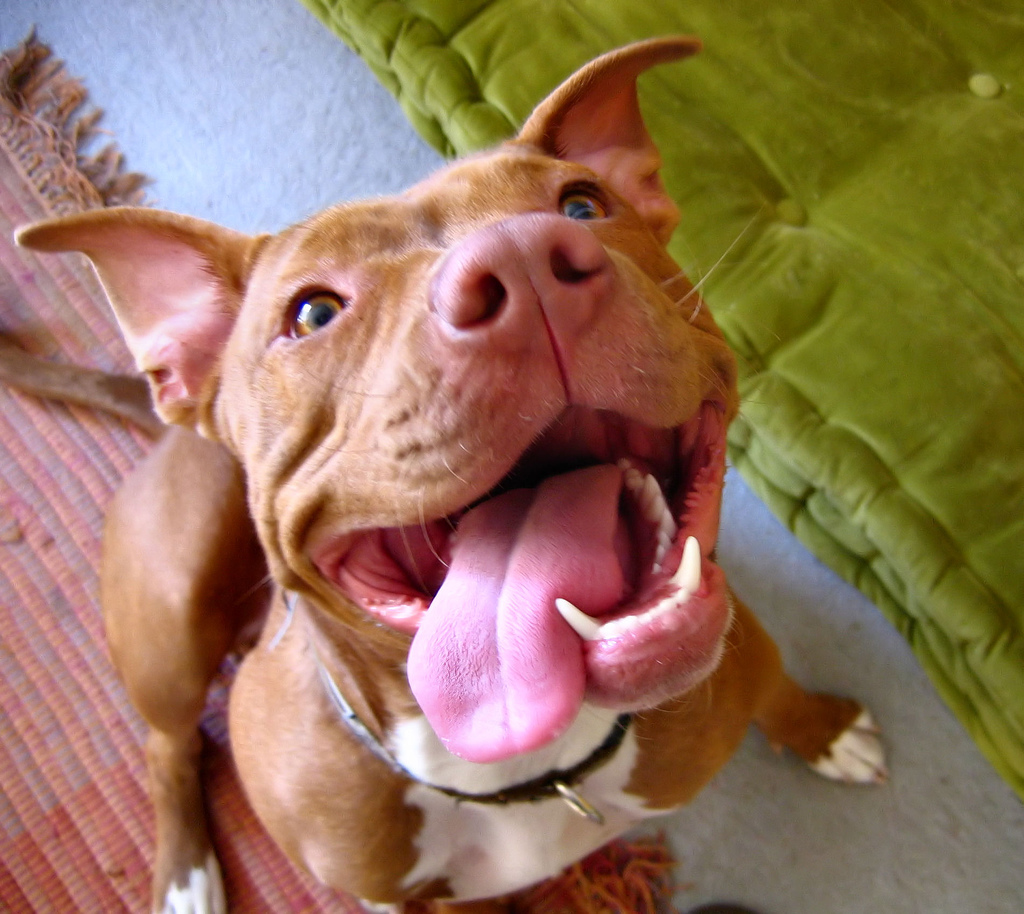
Driving fears can stem from a variety of factors, and they can be exacerbated while on the road by a variety of others. A factor that can instill driving fear or anxiety into even the calmest motorists is aggressive driving, which appears to be on the rise worldwide.
Aggressive driving is any type of driving that is competitive, angry and includes actions such as:
- Speeding
- Tailgating or crowding
- Running red lights or stop signs
- Weaving or lane-hopping
- Improper passing
The epitome of aggressive driving is all-out road rage, which happens when an aggressive driver uses his vehicle or other weapon to threaten or actually cause harm to another motorist or person on the roadway. Road rage is the explosion of emotions that typically starts with aggressive driving actions, resulting in an encounter that can be serious or even fatal.
The American Automobile Association (AAA) reports more than half of all accidents involve aggressive driving, sometimes even before an incident escalates to road rage.
Why Aggressive Driving is On the Rise
A study published in the journal Procedia Engineering pointed to an increase in aggressive driving around the world, based on observations of drivers in China, where aggressive driving has become exceedingly prevalent.
The study found aggressive driving appears to be:
- More noticable in men than women
- Partly a reaction to congested and crowded roadways
- Acceptable as the norm if everyone on the roadway is driving aggressively
- A solution motorists choose in crowded environments, with drivers competing for space, fighting for the right-of-way and trying to gain the upper hand through speeding and vehicle positioning
In other words, motorists on crowded roadways believed the chaotic and over-crowded state of traffic was responsible for their aggressive and competitive behavior. They had no other choice but to engage in the behavior themselves if they wanted to keep up with the pack.
Drivers are thus more prone to drive aggressively if “everyone else is doing it,” with their actions heavily influenced by the environment around them.
How to Deal with Aggressive Driving
Even if you’re tempted to join the crowd of aggressive drivers, or tailgate and speed because “everyone is doing it,” competitive driving is certainly not the safest or sanest route to take. A wiser choice would be to instead show tolerance, courtesy and personal cooperation rather than copying the hazardous behaviors of other drivers around you.
You can help prevent aggressive driving by not giving other drivers a reason to become aggressive. Make sure your high-beam headlights aren’t inappropriately turned on. Refrain from cutting into traffic or taking the right of way without being granted it by other drivers. Be as polite on the road as you would be in other situations.
Sometimes road rage or aggressive driving can occur no matter what you do. If you find yourself face-to-face with either one, AAA says to:
- Avoid responding to the other motorist or escalating the situation
- Avoid eye contact with the enraged or aggressive motorist
- Stay in your vehicle
- Leave enough room around your vehicle so you can move it and leave if someone approaches it
- Drive to a busy public area with bystanders for witnesses and call 911
While you can’t control the state of traffic or someone’s rage, you can control your reaction to both. Remaining as calm, cool and collected as possible can go a long way toward keeping you safe and out of the aggressive driving craze.
SOURCES:
- http://psychcentral.com/news/2016/04/28/aggressive-driving-is-increasing-worldwide/102458.html
- http://www.smoothoperatorprogram.com/theissue.html
- http://seniordriving.aaa.com/improve-your-driving-skills/everyday-driving-challenges/dealing-aggressive-drivers
Photo Credit: seppschanz via Compfight cc







